
Understanding the relationship between your roof and homeowners insurance is crucial for protecting your home and financial well-being. In this guide, we will explore various aspects of roofing and insurance and provide tips on how to best protect your home.
Protecting your home starts with understanding the basics of homeowners insurance. Most policies cover damage to your home’s structure, including the roof, from unexpected events like storms, fires, or vandalism. However, the specifics of what’s covered can vary, so it’s important to review your policy closely.
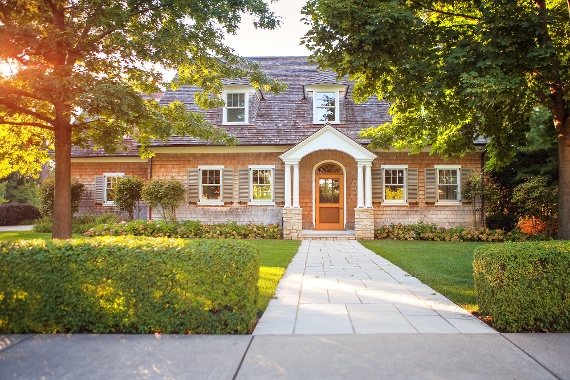
Keep in mind that standard homeowners insurance usually doesn’t cover damage from floods, earthquakes, or normal wear and tear.

This is the most common and affordable roofing option. Asphalt shingles are fire resistant and have a lifespan of 20–30 years, which insurers appreciate. As a result, they tend to lead to lower premiums.
Known for its durability and fire resistance, metal roofing often results in reduced insurance premiums. While it may be more expensive upfront, it has a longer lifespan and typically holds up well against severe weather.
These materials are highly durable and fire resistant, which reduces certain risks.. However, their higher cost and the added structural weight can lead to increased premiums.
.
Some insurers consider wood shingles a higher risk due to their flammability and susceptibility to mold. Many companies either charge more for coverage or require fire-retardant treatment before insuring homes with wood roofs.
It's important to consider not only the upfront cost of your roofing material but also how it will affect your insurance costs. Factors like the age and shape of your roof can also influence premiums. Regular roof maintenance and inspections can help keep your premiums low and keep your home well protected.
When it comes to insuring your roof, several key factors can influence your coverage options and premiums. Understanding these elements will help you make informed decisions about maintaining and insuring your home’s roof.
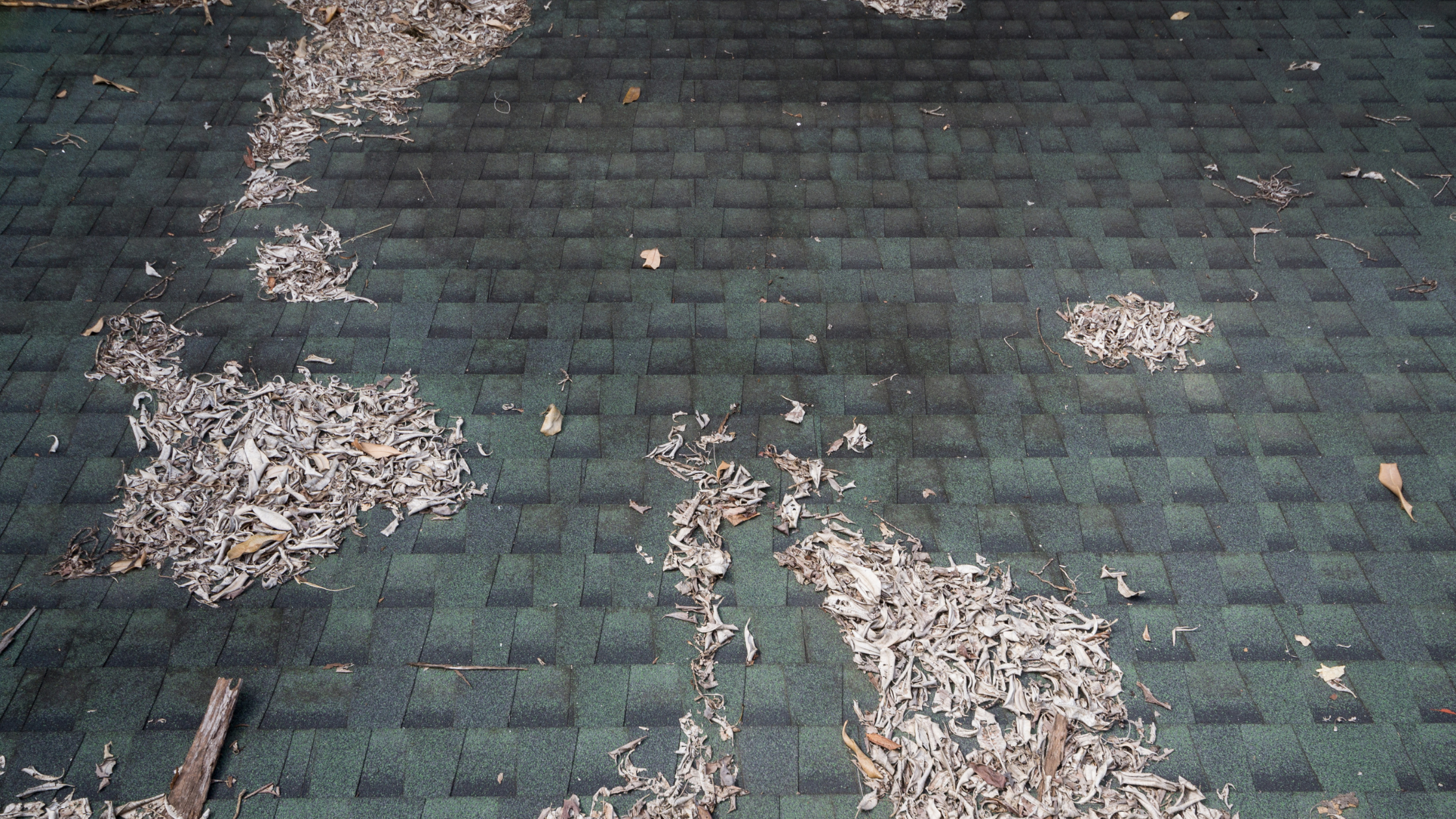
Older roofs often require higher insurance premiums due to the increased likelihood of damage. In fact, many insurers require an inspection for roofs that are over 20 years old before offering coverage. Depending on the roof’s condition, some insurers may only cover a portion of the roof’s value, or they may refuse coverage altogether.
Where you live plays a significant role in your roof insurance. Homes in areas prone to extreme weather events such as hailstorms, hurricanes, or heavy snow may face higher premiums or have different coverage requirements. For example, homeowners in hurricane-prone regions may need additional coverage for wind damage.
The shape of your roof can also impact how much you’ll pay for insurance. Certain shapes, like hip roofs, are more wind resistant, making them a preferred choice for insurers in stormy areas. On the other hand, gable roofs, while common, are more susceptible to wind damage, potentially leading to higher premiums.
While a roof warranty isn’t a replacement for insurance, it can complement your coverage. A good warranty may cover the cost of certain repairs or replacements, but it’s important to understand how it interacts with your insurance policy. Always check whether your warranty affects claim eligibility or coverage amounts.
Attention to these factors, combined with regular maintenance, can help ensure that your roof is fully protected.
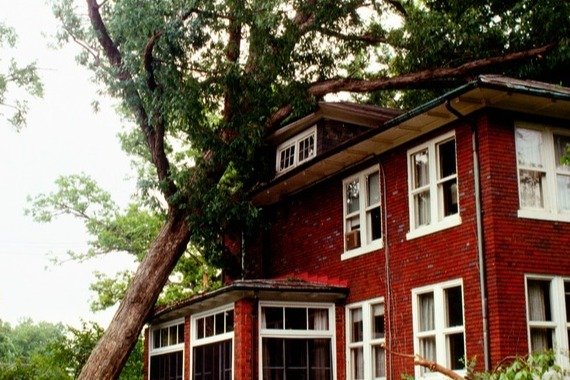
Your roof can suffer various types of damage, so knowing what your homeowners insurance covers is crucial. Here’s a breakdown of common roof damage scenarios and what you can typically expect from your coverage:
Hailstorms can cause significant roof damage, especially to asphalt shingles. While hail damage is often covered, the extent of coverage may depend on your policy. Some policies may require you to pay a higher deductible or limit the claim payout based on the roof’s age.
Strong winds can rip off shingles or send debris flying into your roof. Wind damage is typically covered under most homeowners insurance policies, but it’s important to ensure you have sufficient coverage if you live in areas prone to storms or tornadoes.
Fire can cause extensive damage to a home’s structure, including the roof, and is covered under standard policies.
Whether or not water damage or leaks are covered depends on the cause. Sudden, accidental events—such as a burst pipe causing water to seep into your roof—are typically covered. However, long-term leaks due to neglected maintenance often aren’t. It's important to regularly inspect your roof to prevent issues before they worsen. For more information on how roof leaks are treated by insurers, be sure to check out our article, If My Roof Leaks, Will My Homeowners Insurance Cover It?
Some policies also cover less common types of damage, such as from falling objects (e.g., trees), ice dams, or the weight of snow. However, the specifics can vary greatly depending on your policy and location, so it's worth reviewing the details with your insurance provider.
Regular inspections and maintenance are key to maximizing your insurance coverage and keeping repair costs low. Taking care of minor issues before they escalate can help ensure your roof stays in great condition and that your insurer will step in when you need them most.
When your roof suffers damage, understanding the insurance claim process is essential to ensuring you're properly compensated. Here’s a breakdown of the key steps and considerations involved in filing a roof insurance claim.
.jpg)
Before rushing to file a claim, assess whether it’s the best course of action. There are a few things to consider:
Once you’ve decided to file a claim, it’s important to follow these steps:
Due to its unpredictability and severity, storm damage often requires special consideration. For example, hailstorms and hurricanes can cause extensive damage that may not be immediately visible. When dealing with storm damage claims, it’s important to understand the specifics of your policy so you know what types of damage are covered—and what may not be covered.
Storm damage claims can be more complex because severe weather can cause issues like hidden hail or water damage. After a major storm, have a contractor inspect your roof for less obvious issues like bruised shingles or minor leaks. Addressing damage early can prevent more significant problems down the road. Be sure to file your claim promptly, have your contractor present during the adjuster’s inspection, and ensure any hidden damage is thoroughly assessed to avoid future problems.
By knowing when to file a claim and being prepared with the right documentation, you can navigate the roof insurance claim process with confidence. Taking these steps helps to ensure you’ll be properly compensated while protecting you from unnecessary premium hikes.

Dealing with roof damage can be a stressful experience for homeowners. When you need to file an insurance claim for roof repair or replacement, it’s important to work effectively with your insurance adjuster. Here's some key points to help you navigate this process successfully:
Before the insurance adjuster arrives, take these important steps:
When the adjuster comes to assess the damage,
Honesty is paramount when dealing with your insurance company. Always be truthful about the damage and circumstances, but be cautious about making statements that could be interpreted as admitting fault or negligence. Stick to the facts and avoid speculating about the cause of the damage.
Throughout the process,
Remember, you have the right to negotiate with your insurance company.
Throughout the claims process,
It's important to note that not all types of roof damage are covered by insurance. Typically, damage caused by fire, hail, or wind is covered, but damage to an old roof or damage that occurred in the past may not be. Always check your specific policy for details.
When choosing a contractor for repairs, remember that you're not obligated to use the one that your insurance company suggests. You have the right to select a contractor you trust. However, be wary of any contractor who offers to pay your insurance deductible, as this is both unethical and illegal.
By understanding your rights, maintaining clear communication, and being prepared throughout the process, you can effectively navigate work with your insurance adjuster to ensure your roof is properly repaired or replaced following damage.
When faced with roof damage, homeowners often find themselves navigating a complex landscape of insurance claims, repair options, and contractor choices. Understanding the nuances of this process can save you time, money, and stress.
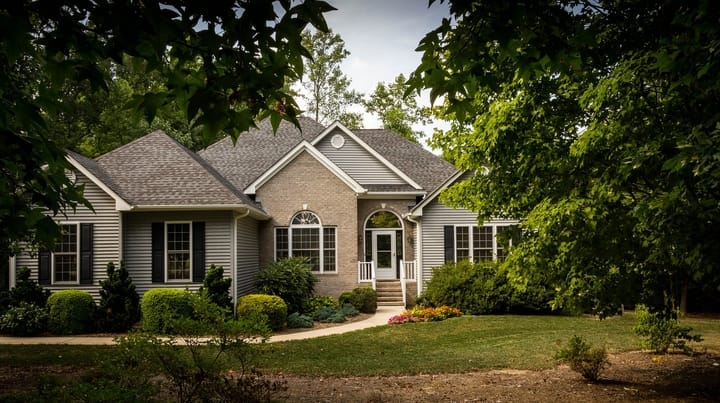
When it’s time to repair or replace your roof, it’s critical to understand what your insurance covers. While standard policies typically cover bringing your roof back to its previous condition, some policies offer "ordinance or law" coverage for required upgrades. This means that if your insurance company determines that your roof needs to be replaced to comply with local building codes, they may cover the additional costs.
For minor repairs, such as fixing a few shingles or patching a small leak, a DIY approach might be feasible. However, for extensive damage or complete replacements, it's advisable to hire a professional. Improperly executed repairs can not only compromise your roof's integrity but may also void your insurance coverage.
When selecting a contractor for your roof repair or replacement, it's essential to choose a licensed and insured professional with experience in insurance claims. Be wary of "storm chasers" who may not be fully qualified and often perform subpar work. A reputable contractor will be able to guide you through the insurance claims process and ensure that your repairs or replacement are done correctly and efficiently.
By understanding your insurance coverage, choosing the right contractor, and taking a proactive approach to roof maintenance, you can protect your home and your investment in it.

Insurance can be a complex financial tool, and it's easy to make mistakes that could lead to coverage gaps or claim denials. Here are some common pitfalls to watch out for and tips on how to avoid them:
By understanding these common pitfalls and taking steps to avoid them, you can help protect your property and financial security.
Regular maintenance is the cornerstone of homeownership. By addressing minor issues promptly and taking preventive measures, you can extend the lifespan of your home and avoid costly repairs.
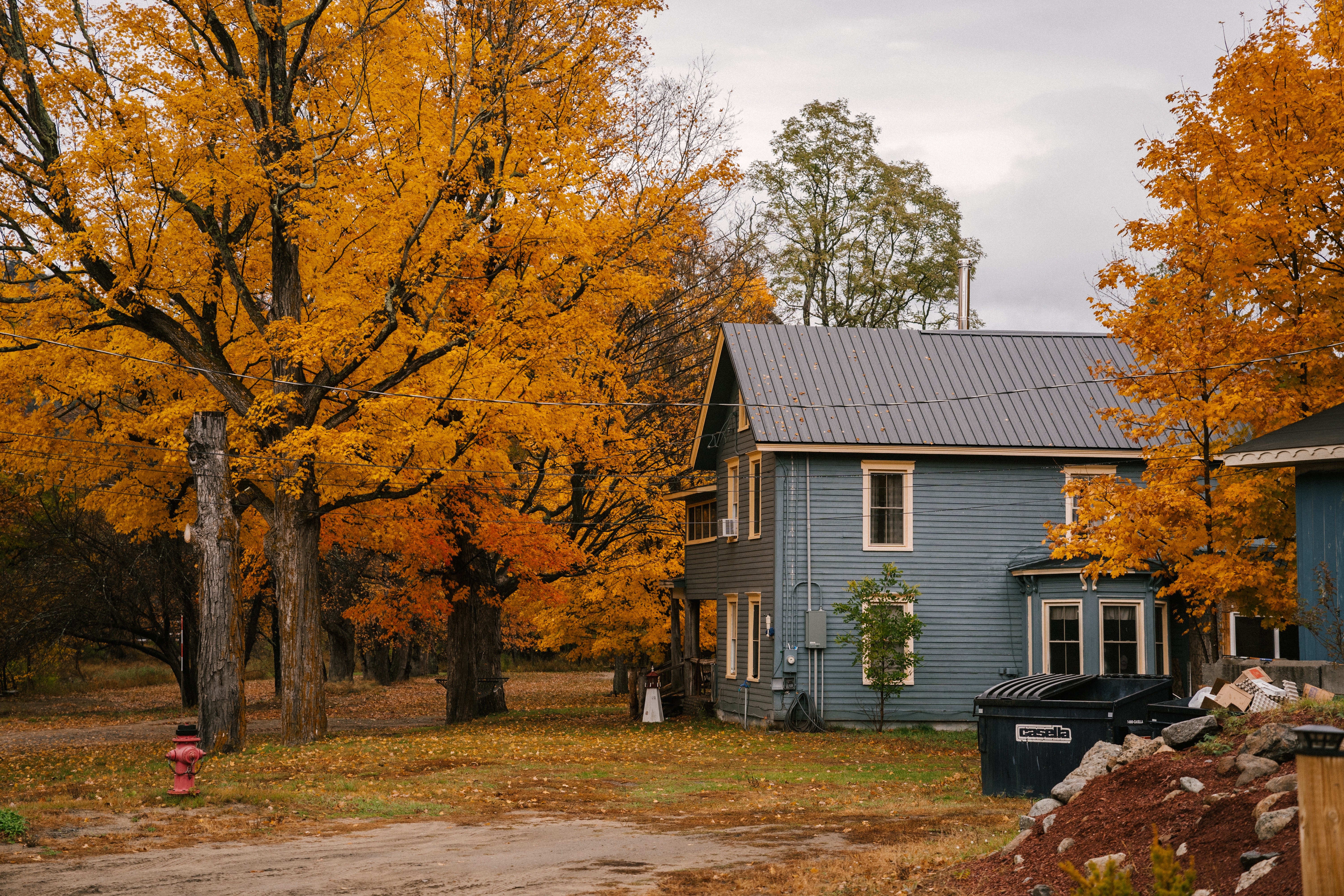
Keeping a detailed record of all inspections, repairs, and improvements can be invaluable. This documentation can help with the following:
By following these preventive maintenance practices, you can help protect your home's value, reduce the risk of costly repairs, and create a more comfortable and enjoyable living environment.

Before you make that final offer, a professional roof inspection can be a lifesaver. Not only does it reveal any underlying issues that could lead to costly repairs or replacements, but it also helps you factor potential expenses into your budget.
If you're purchasing a home with an existing homeowners policy, take the time to review it thoroughly. Is the policy transferable? If so, how does the roof's condition impact your coverage? Understanding these details will help you determine if you need additional coverage or if you'll need to shop around for a new policy.
By taking these steps, you can ensure that your new home is adequately protected and that you're not facing unexpected insurance costs down the line.
Understanding the relationship between your roof and homeowners insurance is crucial for protecting your home and financial well-being. Regular maintenance, thorough documentation, and a clear understanding of your policy can help you navigate the complexities of roof insurance and ensure you're adequately protected. Remember, your roof is a significant investment, and proper care and coverage can save you from costly surprises in the long run.
Recognized by the BBB, Hedrick Construction has a reputation for getting the job done right, on budget, and on time.